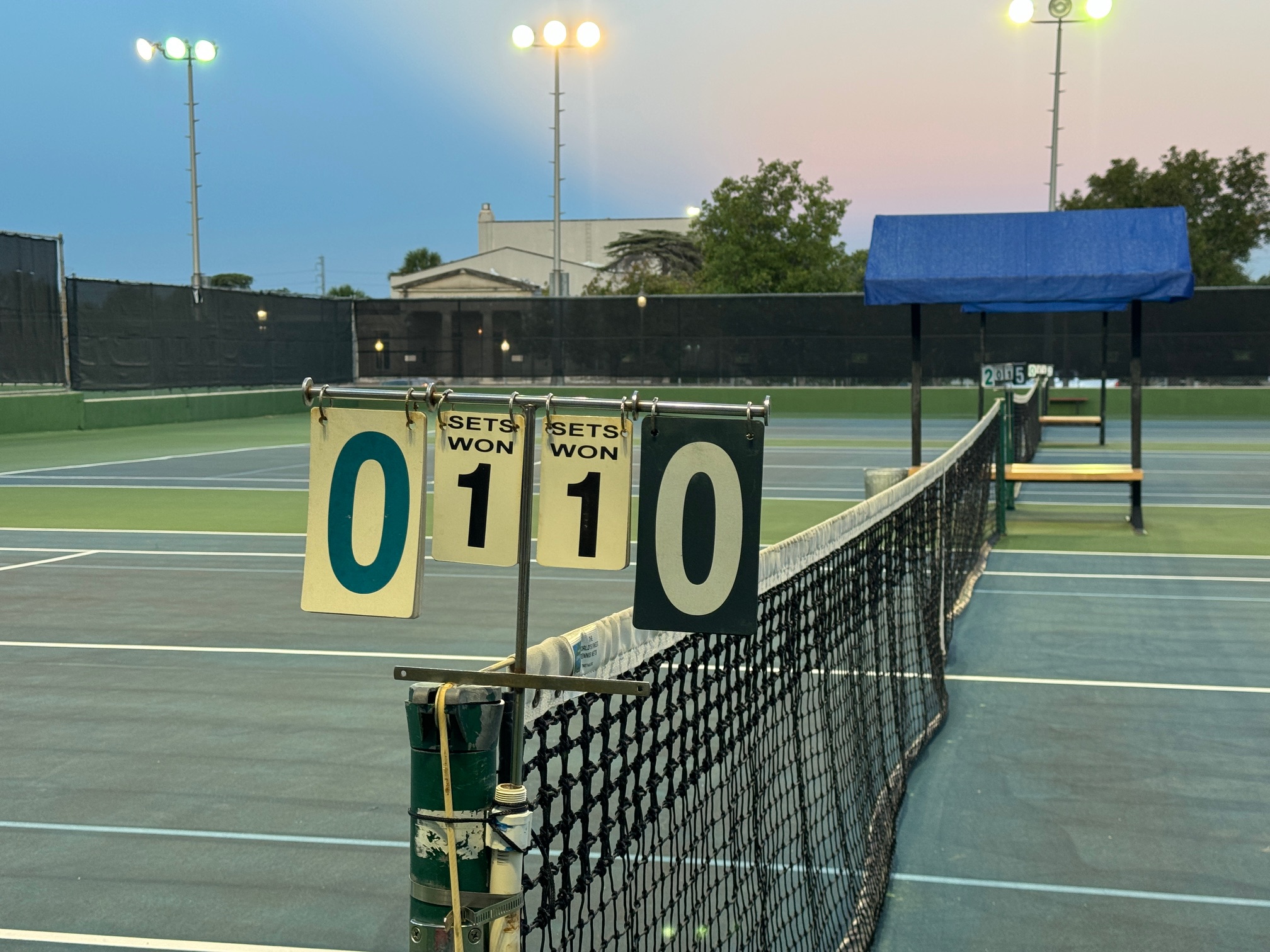The USTA League Regulations points to a “Questions and Answers” document about the NTRP Appeal Procedures. Embedded in that resource are implicit tales of rejected medical appeals of yore. We spent the past couple of Wednesdays breaking down the USTA procedures that have galvanized me with the idea that very few medical appeals are officially requested and that even fewer are granted.
For example, an Attending Physician’s Statement (APS) is required for a medical appeal to even be considered. There is a lengthy section in the “Questions and Answers” document that provides specific things that will not be reviewed even if included on the APS.
A statement from the attending physician stating what specific NTRP level the player should play. It is the responsibility of the committee to determine the skill level where (sic) the player should play.
NTRP Medical Appeal Procedures – Questions and Answers 8.a
Essentially, the attending physician is neither qualified nor authorized to determine the appropriate NTRP level associated with a medical appeal. Even if the doctor is an experienced player with NTRP insight, that opinion carries no weight. However, I take minor exception that only the committee can determine the appropriate skill level. How can they do that without direct observation of the player’s skills?
The APS also excludes statements expressing the player’s desires, as that is not medical information. Nor can the physician make speculative statements that do not constitute current medical status. The Questions and Answers document provides a few example statements along those lines that will not be considered by the medical appeals committee.
A pretty common complaint associated with medical appeals is a request that was denied following joint replacement or surgery. That scenario is explicitly covered in the Questions and Answers document.
Most individuals actually play better after knee, hip and shoulder surgery due to decrease in pain and possible increase in mobility from their pre-operative status.
NTRP Medical Appeal Procedures – Questions and Answers, Section 9 Excerpt
The concerns that I usually hear regarding orthopedic surgery are frequently framed-out against other perceived “frivolous” medical appeals that were granted. The following statement seems to dispel rumors of medical appeals that were granted on the basis of conditioning-related concerns.
If medically released to play tennis, potential pain, shortness of breath and risk of injury should not be factors in determining NTRP skill level, as these could occur no matter what NTRP level playing.
NTRP Medical Appeal Procedures – Questions and Answers, Section 9 Excerpt
I am done looking at medical appeals for a while. Quite simply, it isn’t a medical appeal if not reviewed and approved by a committee at the USTA National level. Even if a dubious appeal reaches that point, it will certainly not be approved.
There is an unfortunate side effect of discovering that only a minor fraction of appeals are likely in the medical category. There appears to be an excess of granted appeals beyond automatic appeals and medical appeals.
I don’t think I want to look under that rock.
- USTA League Regulations, 2022, downloaded October 29, 2022.
- NTRP Medical Appeal Procedures – Questions and Answers, Undated USTA Artifact, downloaded October 29, 2022.



